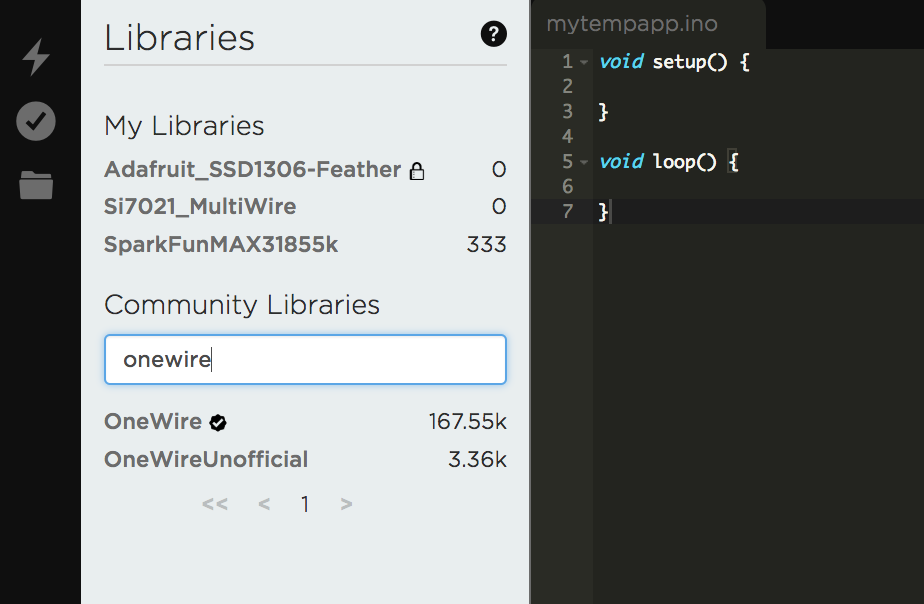
While(Wire.available()) // slave may send less than requestedĬhar c = Wire.read() // receive a byte as character Wire.requestFrom(2, 6) // request 6 bytes from slave device #2

Serial.begin(9600) // start Serial for output Wire library - Master Reader/Slave Sender Int x = Wire.read() // receive byte as an integer

While(1 < Wire.available()) // loop through all but the lastĬhar c = Wire.read() // receive byte as a character this function is registered as an event, see setup() function that executes whenever data is received from master Serial.begin(9600) // start serial for output Wire.onReceive(receiveEvent) // register event Wire.begin(4) // join i2c bus with address #4 Wire.endTransmission() // stop transmitting Wire.beginTransmission(4) // transmit to device #4 Wire.begin() // join i2c bus (address optional for master) In this way, it's possible for your Arduino or Genuino boards to communicate with many device or other boards using just two pins of your microcontroller, using each device's unique address. The bits after contain the memory address on the Slave that the Master wants to read data from or write data to, and the data to be written, if any.Įach Slave device has to have its own unique address and both master and slave devices need to take turns communicating over a the same data line line. eight clock pulses) from the Master to Slaves contain the address of the device the Master wants data from. When this information is sent - bit after bit -, the called upon device executes the request and transmits it's data back - if required - to the board over the same line using the clock signal still generated by the Master on SCL as timing. The I2C protocol involves using two lines to send and receive data: a serial clock pin (SCL) that the Arduino or Genuino Master board pulses at a regular interval, and a serial data pin (SDA) over which data is sent between the two devices.Īs the clock line changes from low to high (known as the rising edge of the clock pulse), a single bit of information - that will form in sequence the address of a specific device and a a command or data - is transferred from the board to the I2C device over the SDA line. Once that message is received, it can then be viewed in the Slave board's serial monitor window opened on the USB connected computer running the Arduino Software (IDE).

In this example, two boards are programmed to communicate with one another in a Master Writer/Slave Receiver configuration via the I2C synchronous serial protocol.Īrduino 1, the Master, is programmed to send 6 bytes of data every half second to a uniquely addressed Slave. In some situations, it can be helpful to set up two (or more!) Arduino or Genuino boards to share information with each other. Wire library - Master Writer/Slave Receiver


 0 kommentar(er)
0 kommentar(er)
